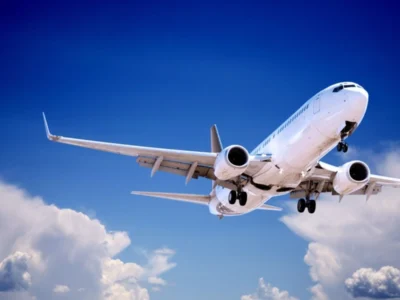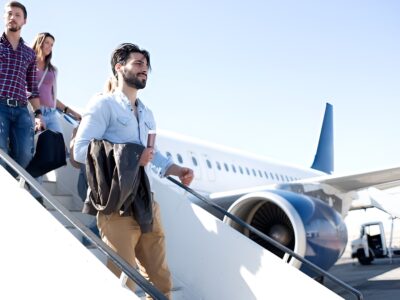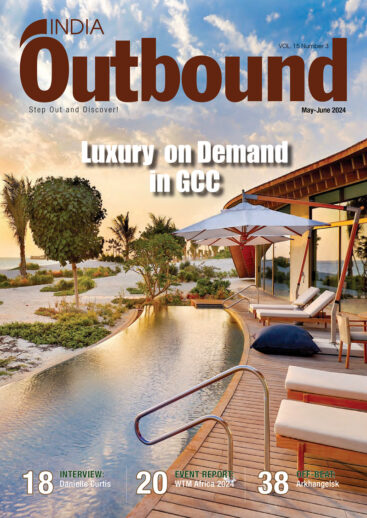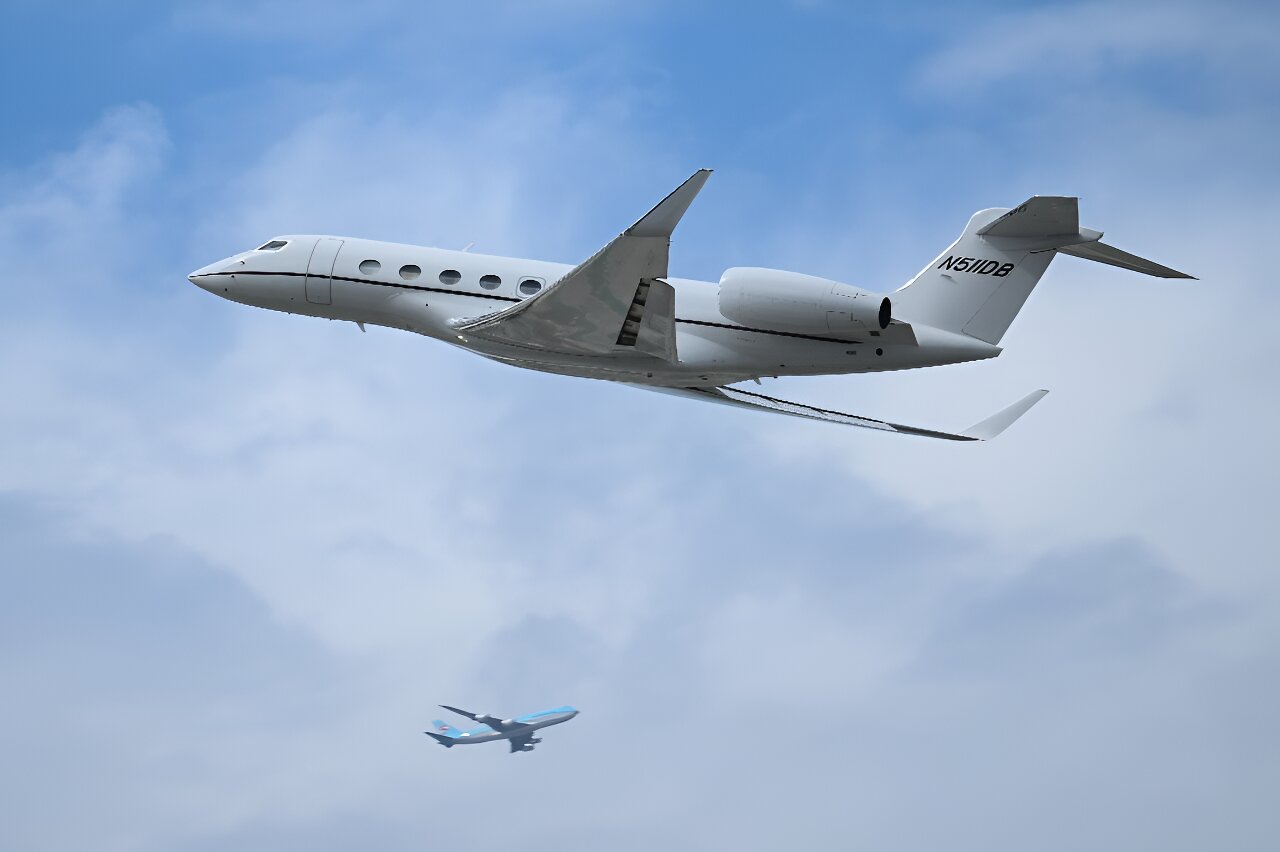
The report comes on the heels of global air traffic recovery and nearly all sections of the tourism sector reverting back to pre-pandemic momentum
The richest 1 pc of the global population is responsible for the same amount of carbon emissions as the world’s poorest two-thirds, or five billion people, reveals a new analysis by British charity Oxfam International.
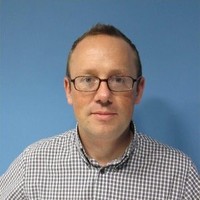
Max Lawson
The report comes on the heels of global air traffic recovery and nearly all sections of the tourism sector reverting back to pre-pandemic momentum, if not more, alongside the several measures adopted to curb emissions.
While fighting the climate crisis is a shared challenge, not everyone is equally responsible and government policies must be tailored accordingly, says Max Lawson, who co-authored the report.
The report Climate Equality: A Planet for the 99 pc was based on research compiled by the Stockholm Environment Institute (SEI) and examines the consumption emissions associated with different income groups up to the year 2019.
While the current report focused on carbon linked only to individual consumption, ‘the personal consumption of the super-rich is dwarfed by emissions resulting from their investments in companies,’ the report found.
According to the Oxfam, among the key findings of this study are that the richest 1 pc globally, 77 million people, were responsible for 16 pc of global emissions related to their consumption. That is the same share as the bottom 66 pc of the global population by income, or 5.11 billion people.
The statement adds that the income threshold for being among the global top 1 pc was adjusted by country using purchasing power parity. For example, in the United States the threshold would be USD 140,000, whereas the Kenyan equivalent would be about USD 40,000.
Oxfam reports within country analyses paint very stark pictures. In France, the richest 1 pc emit as much carbon in one year as the poorest 50 pc in 10 years. Excluding the carbon associated with his investments, Bernard Arnault, the billionaire founder of Louis Vuitton and richest man in France, has a footprint 1,270 times greater than that of the average Frenchman. The key message, according to Lawson, was that policy actions must be progressive.
“We think that unless governments enact climate policy that is progressive, where you see the people who emit the most being asked to take the biggest sacrifices, then we’re never going to get good politics around this,” Lawson says.
The report adds that these measures could include, a tax on flying more than ten times a year, or a tax on non-green investments that is much higher than the tax on green investments.
On the flipside, the International Air Transport Association (IATA) recently resolved that it will be adding further airlines as data contributors to its CO2 Connect emissions calculator. Respective agreements were signed with Aerolineas Argentinas, Air Baltic, LATAM Airlines Group, Luxair and Nile Air at the first World Sustainability Symposium held recently in Madrid, Spain.
IATA’s CO2 Connect calculator receives actual operational data from around 150 airlines, representing 98 pc of the active global passenger fleet, and considers traffic data from 881 aircraft operators representing 93 pc of global air travel.
According to IATA, Sustainable Aviation Fuels (SAF) is expected to make the greatest contribution, about 62 pc, to achieving NetZero by 2050. Demand for SAF is high, but supply is lagging. It adds that government policies must incentivise production while global frameworks ensure that SAF output from renewable energy production is consistent. Investment to scale up production and establishing a robust SAF accounting framework are also primary.
In 2022, the International Civil Aviation Organization (ICAO) adopted a Long-Term Aspirational Goal (LTAG) for international aviation of NetZero CO2 emissions 2050. While these commitments have established an absolute goal with a clear end-date, no concrete plan has yet been formulated as to how progress will be monitored and tracked at an industry level.
Globally aligned strategic policies to provide incentives and support for aviation are key to the industry’s transition to NetZero. As with all other successful energy transitions, notably the renewable energy transition, collaboration between governments and industry stakeholders is crucial in creating the necessary framework to achieve the decarbonisation goals, adds IATA.











